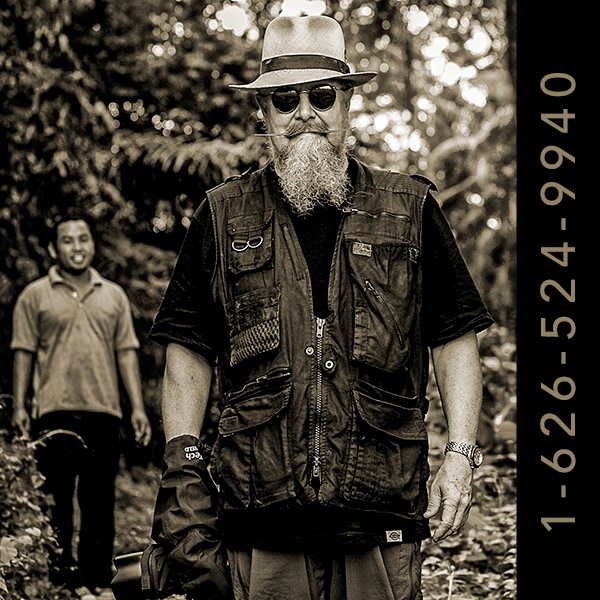The Gayer-Anderson Museum (Bayt el-Kretlea)
One of the best examples of 17th-century Muslim domestic architecture in Egypt. The museum consists of two separate homes built against the outer wall of the Mosque of Ibn el-Tulun, which was a common practice during the Mamluk Period. At some point, the two structures were joined together by a third-floor bridge and came into the possession of a wealthy Muslin from Crete. During that period the home became known as Bayt el-Krediea (House of the woman from Crete).
The turn of the 20th-century found Bayt el-Krediea dilapidated and badly in need of repair. At that point, the Egyptian Antiquities Authority began renovations on the property in 1935. Shortly after the repairs were completed Major R. G. Gayer-Anderson was granted permission to take up residence in the restored 17th-century dwelling. Once he was installed in the home, his first initiative was to installed modern plumbing and electricity.
Over the next seven years Major Gayer-Anderson, who considered himself an Orientalist, amassed an impressive collection of art, artifacts, carpets, and furnishings. Which still grace the home today.
Due to health reasons, he returned to England in 1942, after deeding over his collections to the Egyptian people. King Farouk conveyed upon him the title of Pasha for his service to Egypt and the gift of his wonderful collections.
The Courtyard
Damascus Room
Moroccan room
Egyptian visitors to the museum.
self reflection

